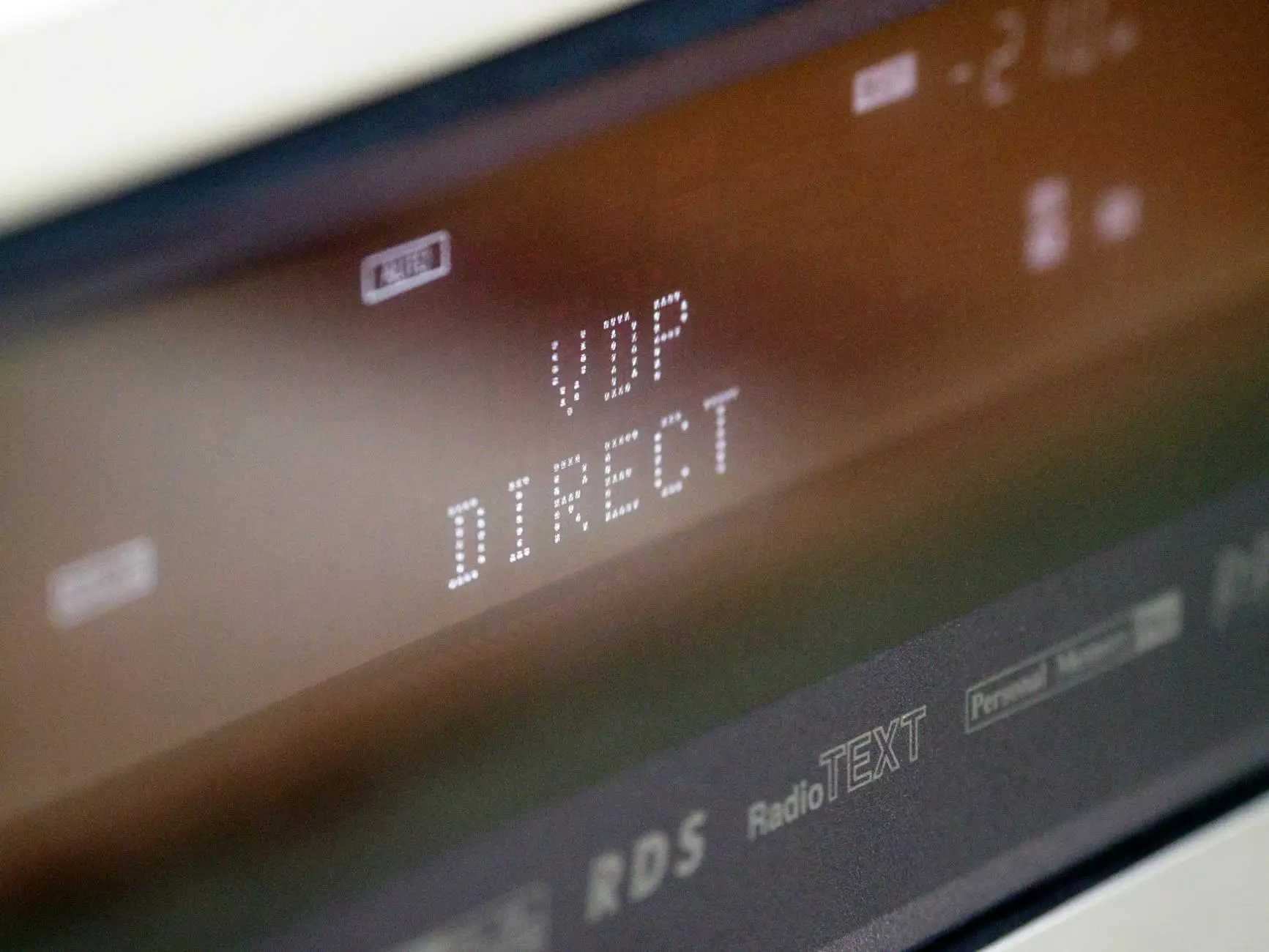Tendinopathy vs Tendinitis: Understanding the Differences for Better Health

In the world of health and medical treatments, the terms tendinopathy and tendinitis are often used interchangeably, leading to confusion among patients and healthcare providers alike. Both conditions involve the tendons, which are the strong, fibrous tissues that connect muscles to bones. However, these two conditions differ significantly in their underlying mechanisms, symptoms, and treatment strategies. Understanding these differences is crucial for effective diagnosis and management.
What is Tendinopathy?
Tendinopathy is an umbrella term that refers to a variety of tendon injuries characterized by chronic pain and dysfunction. It is often the result of prolonged overuse or degeneration of the tendon, rather than acute inflammation. This condition can occur in various parts of the body, including the elbow (lateral epicondylitis), shoulder (rotator cuff tendinopathy), knee (patellar tendinopathy), and Achilles tendon.
Symptoms of Tendinopathy
- Chronic pain around the affected tendon, which may worsen with activity
- Stiffness or limited range of motion
- Swelling or thickening of the tendon area
- Increased pain during specific movements, especially those that require tendon use
Causes of Tendinopathy
The causes of tendinopathy primarily include:
- Overuse: Repetitive actions, especially in sports or jobs requiring repetitive movements, can lead to wear and tear of the tendon over time.
- Aging: As individuals age, tendons lose their flexibility and strength, making them more susceptible to injuries.
- Biomechanical issues: Poor posture, incorrect movement patterns, and muscular imbalances can stress tendons abnormally.
- Medical conditions: Certain health issues, such as diabetes or rheumatoid arthritis, can predispose individuals to tendinopathy.
What is Tendinitis?
Tendinitis refers specifically to an acute inflammatory response of the tendon, typically resulting from a sudden injury or overexertion. Unlike tendinopathy, which indicates a degenerative process, tendinitis signifies an ongoing inflammatory reaction that can occur in individuals of all ages and activity levels.
Symptoms of Tendinitis
- Sudden sharp pain in the tendon area
- Swelling and tenderness over the affected tendon
- Difficulty performing movements that involve the affected tendon
- Warmth or redness in the surrounding area
Causes of Tendinitis
The triggers for tendinitis often include:
- Acute injury: A sudden movement or lifting of heavy objects can strain the tendon.
- Repetitive motion: Just like tendinopathy, repetitive activities can lead to inflammation.
- Improper technique: Engaging in sports or activities without proper form can increase the risk.
- Inadequate warm-up: Failing to adequately warm up before physical activities can contribute to tendon injuries.
Key Differences Between Tendinopathy and Tendinitis
While both conditions affect the tendons, the fundamental distinctions lie in their nature and associated symptoms:
FeatureTendinopathyTendinitisCauseChronic overuse and degenerationAcute inflammation from injuryOnsetGradual, over timeSudden, often after a specific eventSymptomsChronic pain, stiffnessSharp pain, swelling, warmthTreatmentFocused on rehabilitation and activity modificationMedical treatment to reduce inflammationDiagnosis of Tendinopathy vs Tendinitis
Accurate diagnosis is essential for effective treatment. Health professionals typically start with a thorough clinical history and physical examination. In some cases, imaging studies such as ultrasound or MRI may be performed to assess the extent of tendon damage or inflammation.
When to Seek Medical Help
If you experience persistent pain, swelling, or stiffness around a tendon, it is crucial to consult a healthcare professional. Early diagnosis and intervention can prevent the condition from worsening, leading to better recovery outcomes.
Treatment Options for Tendinopathy and Tendinitis
Treatment approaches differ between these two conditions, reflecting their underlying causes:
Treatment for Tendinopathy
- Rest and Activity Modification: Reducing or modifying activities that exacerbate the condition is vital for recovery.
- Physical Therapy: Rehabilitation exercises designed to strengthen the surrounding muscles and improve flexibility are beneficial.
- Manual Therapy: Techniques such as massage, stretching, or joint mobilization may provide relief.
- Medications: Non-steroidal anti-inflammatory drugs (NSAIDs) may help manage pain.
- Injections: Corticosteroid injections may be considered in some cases to reduce discomfort.
- Surgery: In severe cases, surgical intervention may be necessary to repair the tendon.
Treatment for Tendinitis
- Rest: It is crucial to rest the affected tendon until symptoms subside.
- Icing: Applying ice can help reduce inflammation and pain.
- Compression: Using wraps or braces can help limit movement and provide support.
- Therapeutic Exercises: Gentle stretching and strengthening exercises may be recommended as pain decreases.
- Medications: NSAIDs are effective in managing pain and swelling.
- Physical Therapy: A tailored program can aid in recovery and prevent future injuries.
Preventing Tendinopathy and Tendinitis
Prevention is always better than treatment. Here are some strategies to help mitigate the risk of both tendinopathy and tendinitis:
- Warm-Up Properly: Always perform a proper warm-up before engaging in physical activities.
- Strength Training: Incorporate strength training exercises to build muscle around tendons.
- Avoid Repetitive Strain: Take breaks and vary your activities to avoid overuse injuries.
- Maintain Proper Technique: Focus on good form during exercises and activities.
- Stay Hydrated: Proper hydration promotes tendon health and overall physical performance.
Conclusion
Understanding the distinctions between tendinopathy and tendinitis is crucial for anyone engaging in physical activities, from professional athletes to casual gym-goers. Recognizing the symptoms, seeking timely medical intervention, and implementing preventive measures can significantly enhance recovery and tendon health. If you're experiencing persistent tendon pain, don’t hesitate to reach out to a healthcare professional for a comprehensive evaluation and personalized treatment plan.
For more information on reliable health and medical advice, education on chiropractic care, and managing musculoskeletal injuries, visit iaom-us.com.









